The Ministry of Education and Training has just issued a policy to invite famous artists to teach and exchange art at schools. This is both a supplementary activity and a long-term orientation, aiming to bring art closer to students, contributing to the spiritual life and comprehensive education of the young generation.
Bring the spirit of openness
It should be noted that this is a very interesting policy, showing efforts to innovate education , and at the same time showing that the viewpoints in education have changed, the perceptions are more suitable with the current advanced educational trends. Specifically, this policy shows the perception of The Ministry of Education and Training has raised the status of subjects that were previously considered secondary by society and students.

Because the concept of education in our country is somewhat biased, this bias is even an inherent default in not only students but also teachers, plus the disease of achievement in the education sector... leading to a state of overload for students. Everyone understands that being good at subjects: Math, Physics, Chemistry, Literature, History, Geography... is an advantage but not everything, not the only path leading to the future. If too indulged, it can even be a danger for future generations because they no longer have time for other interesting subjects, those who do not have advantages in these subjects are prone to school depression... Therefore, the promulgation and application of this new policy opens up hope for reducing the pressure of studying cultural subjects. More importantly, if this policy is done well, implemented resolutely and sustainably, it will also bring the spirit of openness in education.
Inviting famous artists to participate in teaching and exchange activities in schools brings many obvious advantages. First of all, artists are the ones who directly create and perform, so they possess a strong ability to inspire. A behind-the-scenes story, a professional experience or even a live performance also has a special appeal to students, creating an effect that books can hardly replace. The presence of the artist will breathe new energy into the classroom atmosphere, helping students feel the art is close and alive.
In addition, artists are also symbols of effort, passion and dedication. When they share about the difficult path of artistic work, overcoming challenges to achieve success, it becomes a valuable lesson about perseverance and responsibility.
Which art and artist to choose?
Art in the educational environment is not only for entertainment but also to evoke emotions, nurture the soul and develop the hidden creative capacity in students. Therefore, I think highly interactive art forms such as music, dance, theater... will be the priority choice. In addition, the factor of regional artistic heritage should not be ignored. Vietnam has a rich treasure of traditional art, which is introduced and performed right at school, students will have the opportunity to recognize and appreciate the heritage of their homeland.
The combination of contemporary art and traditional art is also a potential direction. Students are exposed to modern music, dance, and theater close to life, while also being familiar with folk and heritage materials. Thus, the activity does not fall into boredom but becomes a diverse journey of discovery, balancing the past and the present.
However, for the implementation to be smooth, it is equally important to clearly define what a famous artist is, what fields are famous artists in, for example, art or entertainment, contemporary or traditional, or all fields? There will be conflicts in the implementation process, because artists with artistic values are often not famous entertainment artists in the community, on the contrary, the art they bring often has different values. If not calculated and considered, it is possible to fall into not honoring true values, but multiplying temporary, foreign values that do not help much in the educational process; or vice versa, fall into values that are dry and lack entertainment...
The qualifications of the artist are also a criterion to suit the educational environment. The number of participating artists, how to have enough legal basis to bind the responsibility of participating artists when the education sector has a need... are also issues that need attention. It is absolutely necessary to avoid the potential risk of letting schools get caught up in the showbiz vortex, becoming a new playground for entertainment artists.
Advantages and disadvantages
The policy of bringing artists into schools, from a practical perspective, has many advantages. First of all, this is an activity that receives high social consensus, because the need to access art, especially quality art, always exists in the educational environment. Famous artists have a natural attraction to students, just one exchange, performance or teaching session can create a strong ripple effect. In addition, many artists today also want to contribute to the community, considering this a civic responsibility, so the ability to mobilize forces is not too far-fetched.
Along with the advantages, there are also difficulties. The biggest problem is the scale of implementation. The school system is spread across the country, from urban to rural, mountainous and island areas. Obviously, it is impossible to expect artists to regularly visit all schools. Next, how can artistic activities not become simply exchange performances but truly incorporate educational values? Another difficulty is that the busyness of artists makes maintaining regular activities difficult without a scientific plan.
Another difficulty is that most artists do not have any professional training in teaching. Artists may be very talented on stage, but teaching requires skills in explaining, organizing content, controlling interactions, etc. Without good coordination with teachers in charge of the subject, the activity risks becoming a short-term movement. In addition, the facilities in many schools, especially in disadvantaged areas, are limited and do not meet the needs of performances or artistic experiences. Without careful preparation, the student experience can easily be affected.
It is also important to consider that not all schools can regularly invite artists, but can organize in the form of school clusters or mobile programs, and can even combine in-person and online, taking advantage of technology to expand reach.
Difficulties in resources, organization or pedagogical skills of artists are inevitable. With scientific preparation and implementation, coordination between teachers and artists, and support from the education, culture and community sectors, these problems can be completely resolved. More importantly, this activity opens up opportunities for artists to demonstrate their civic responsibility, bringing their talent and passion closer to the younger generation. Students not only learn art but also learn vivid lessons about love for the profession, determination and desire to contribute.
Although there are many challenges, this is a policy that needs to be implemented. When the whole society from schools, artists, parents to management agencies join hands, art will certainly become an important part of the educational journey, contributing to the formation of citizens who are both knowledgeable and spiritual.
Source: https://baolangson.vn/nuoi-duong-doi-song-tinh-than-lanh-manh-va-giao-duc-toan-dien-cho-the-he-tre-5061446.html


![[Photo] Ho Chi Minh City is brilliant with flags and flowers on the eve of the 1st Party Congress, term 2025-2030](https://vphoto.vietnam.vn/thumb/1200x675/vietnam/resource/IMAGE/2025/10/10/1760102923219_ndo_br_thiet-ke-chua-co-ten-43-png.webp)


![[Photo] Unique Phu Gia horse hat weaving craft](https://vphoto.vietnam.vn/thumb/1200x675/vietnam/resource/IMAGE/2025/10/10/1760084018320_ndo_br_01-jpg.webp)
![[Photo] Opening of the World Cultural Festival in Hanoi](https://vphoto.vietnam.vn/thumb/1200x675/vietnam/resource/IMAGE/2025/10/10/1760113426728_ndo_br_lehoi-khaimac-jpg.webp)

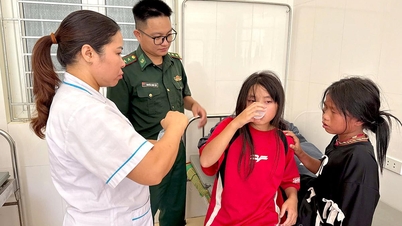

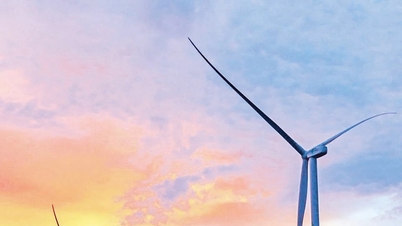








































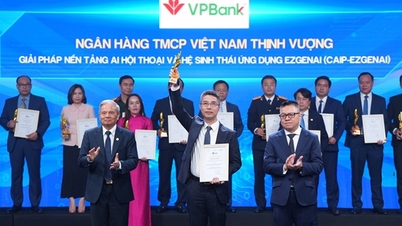













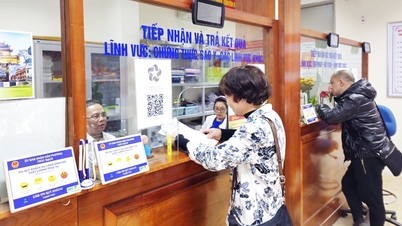





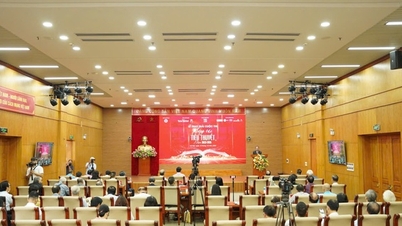
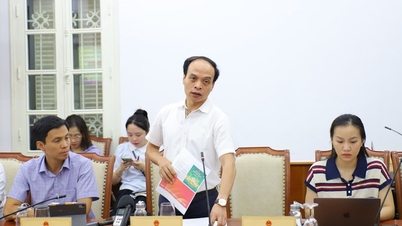





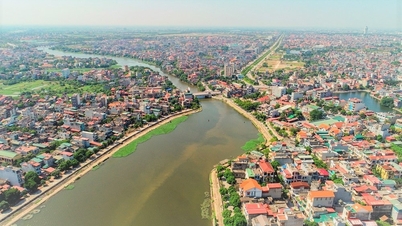

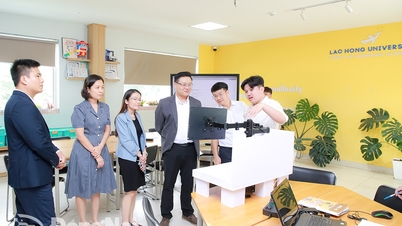

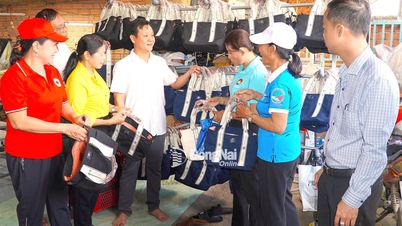
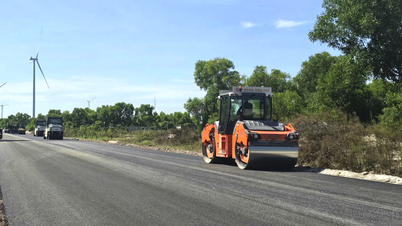

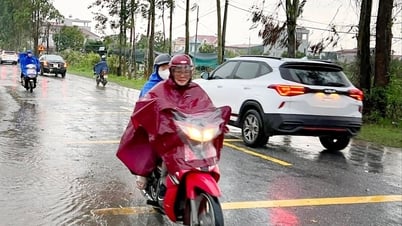














Comment (0)